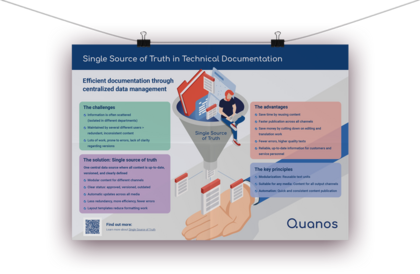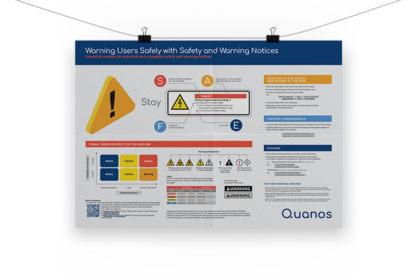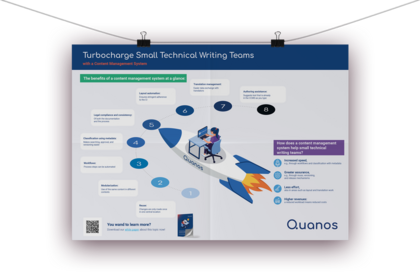
Terminology Management: The Key to Making Your Technical Documentation Consistent
Is it a “screwdriver” or a “turn screw”? Having different terms for the same thing is confusing for readers and could eve…

Metadata in Technical Documentation
The amount of data stored in your technical writing department grows with every new target language and every new product…

Technical Writing Guidelines, Style Guides, or Editorial Guides in Technical Writing
Editorial guide, style guide, documentation guideline – almost every team of technical writers has one or more documents …











